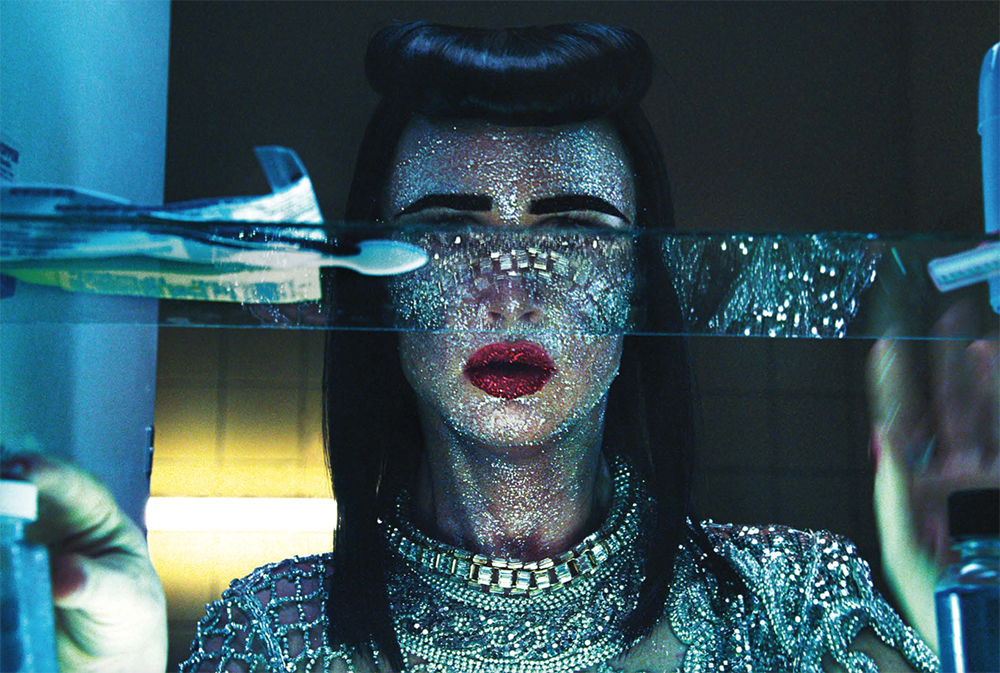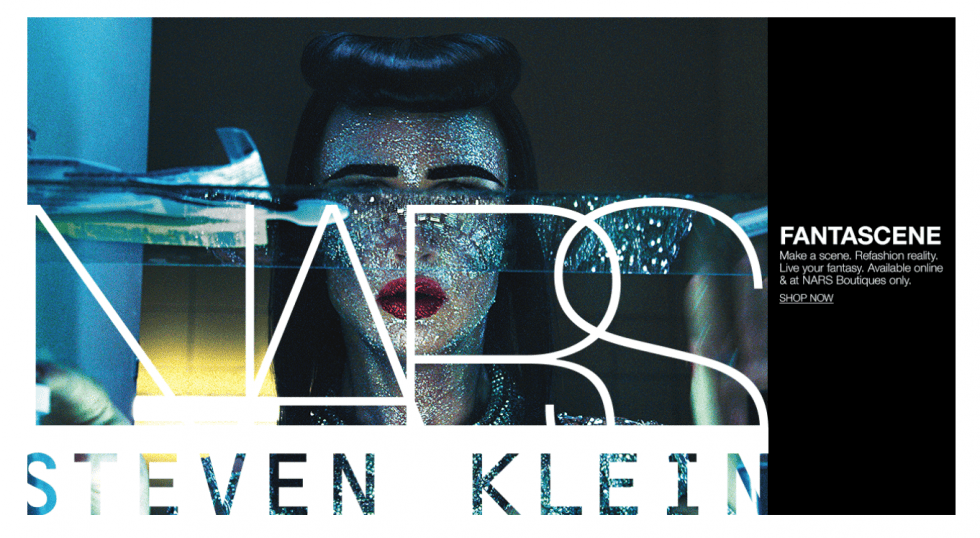
Steven Klein and Francoise Nars have prevailed in a case filed against them by makeup artist Sammy Mourabit. According to the copyright infringement suit filed in a New York state court in August 2018, Mourabit claimed that the famed fashion photographer and the makeup mogul used his work that appeared in a 2013 editorial in W magazine starring actress Juliette Lewis for the packaging and promotion of a collection with Nars without his permission, in furtherance of what Mourabit called “blatant and mendacious deception of the public and theft.”
Known for his work with Rihanna, Katy Perry, Madonna, Britney Spears, major magazines like Vogue and Harper’s Bazaar, and designers such as Rick Owens, Mourabit asserted in his complaint that Steven Klein and Francoise Nars “launched a line of makeup named after themselves.” The problem with that, according to Mourabit: the packaging and promotional materials for the collection made use of his work – namely, an image from the 2013 photo shoot – “without compensating him or giving him credit for his work.” Instead, of doing that, he claims Klein and Nars “fraudulently” presented the makeup designs as their own.
While Klein, as the photographer of the image, has exclusive rights in it in accordance with copyright law, Mourabit claimed that he also has rights in the photo, since he was responsible for the makeup design depicted in it. In his copyright infringement complaint, Mourabit pointed to a federal registration for a drawing of the makeup design that Lewis showcases in the photo – which depicts the actress with a glitter-covered face, bold eyebrows, and bold red glittered lips – as evidence of his rights in the image.
Following a back-and-forth between the parties (including Nars owner Shiseido), and a removal of the case from state court to federal court, Mourabit voluntarily dropped his copyright infringement claim in connection with the drawing of the makeup design. Thereafter, in a July 2019 decision, the U.S. District Court for the Southern District of New York granted the defendants’ motion to dismiss and tossed out the rest of Mourabit’s claims – state law claims of unjust enrichment, unfair competition, and violation of New York General Business Law – on that basis that they “fell within the preemptive scope of the Copyright Act.”
According to the court, makeup artistry is a type of work that fits into the “pictorial, graphic and sculptural works” category of copyrightable works (and can be “fixed in a tangible medium of expression”). Moreover, because the rights (and remedies) that Mourabit was seeking in connection with his state law claims are equivalent to those provided by the Copyright Act, the state law causes of action are already covered by – and thus, are preempted by – his federal copyright infringement claim, which Mourabit had agreed to voluntarily dismiss.
On appeal to the Court of Appeals for the Second Circuit, Mourabit argued that his state law causes of action should not be preempted (and thus, tossed out). In furtherance of his argument, Mourabit walked back on his copyright claim, and instead, asserted that his makeup design work that appeared in the W Magazine photoshoot actually does did not meet the requirements for copyright protection to apply. To be exact, Mourabit argued that makeup artistry does not fall within any of the categories of copyrightable works set forth in the Copyright Act. Beyond that, he claimed that his makeup design, which appeared in the magazine editorial, “was not fixed in a tangible medium of expression,” which is a core prerequisite for copyright protection.

In a decision last month, the Second Circuit disagreed with Mourabit on both counts. For one thing, the 3-judge panel for the court held that it does not necessary matter if Mourabit’s makeup artistry falls within any of the categories of protectable subject matter, as the scope of copyright preemption is “broader than the scope of copyrightable materials.” In order for Mourabit’s state law claims to be preempted by the Copyright Act, the court held that his makeup artistry only needs to fit into one of the those categories “in a broad sense,” which it does “because it is essentially a painting that is displayed on a person’s face,” and paintings clearly fall within the scope of copyright subject matter.
The court concluded that Mourabit’s makeup design work “shares enough features with the category of pictorial, graphic, and sculptural works to fall within the ‘broad ambit’ of section 102(a) [of the Copyright Act] and, therefore, to be potentially subject to copyright preemption.”
As for the fixation argument, in furtherance of which Mourabit asserted that human skin cannot qualify as “a tangible medium of expression,” and even if it did, the makeup that he designed and applied to Lewis’s face was not sufficiently permanent, the court held that since the makeup design was fixed in the photograph taken by Klein, there was no need to consider the merit of Mourabit’s two claims. “Although Klein, not Mourabit, took the photograph, that fact is of no import here because a work of authorship may be fixed ‘by or under the authority of the author,’” the court held, as “Mourabit plainly consented to the photographing of his work by Klein: after all, creating such a photograph was the goal of the photo shoot.” As such, “the fixation of his makeup artistry in the photograph occurred under Mourabit’s authority.”
With the foregoing in mind, the court held the district court had properly dismissed Mourabit’s unjust enrichment and unfair competition/misappropriation claims as preempted, thereby, bringing the case to a close.
As Mintz’s Susan Neuberger Weller and Paul Brockland state in connection with the Second Circuit’s decision, the question of whether human skin can be the kind of “tangible medium of expression” required for copyright protection remains unanswered. “The closest thing to case law on the issue,” they note, “is a 2011 preliminary injunction ruling from a federal judge that said the tattoo artist behind former professional boxer Mike Tyson’s famous face tattoo could likely win a copyright case against the producers of ‘The Hangover 2’ for stamping the same design on actor Ed Helms’ face for the film, but the case settled prior to an actual ruling.”
For makeup artists who wish to amass copyright rights in their designs, Weller and Brockland encourage them to “create a drawing of the makeup design on paper prior to applying the makeup to a human, and to take a photograph of the design once applied to human skin.” They can then file for copyright registrations based on such drawings or photographs.
*The case is Sammy Mourabit v. Steven Klein, 19-2142-cv (2d Cir).



Leave a Reply